SMoCA explores the legacy of Arcosanti founder Paolo Soleri in a new exhibition
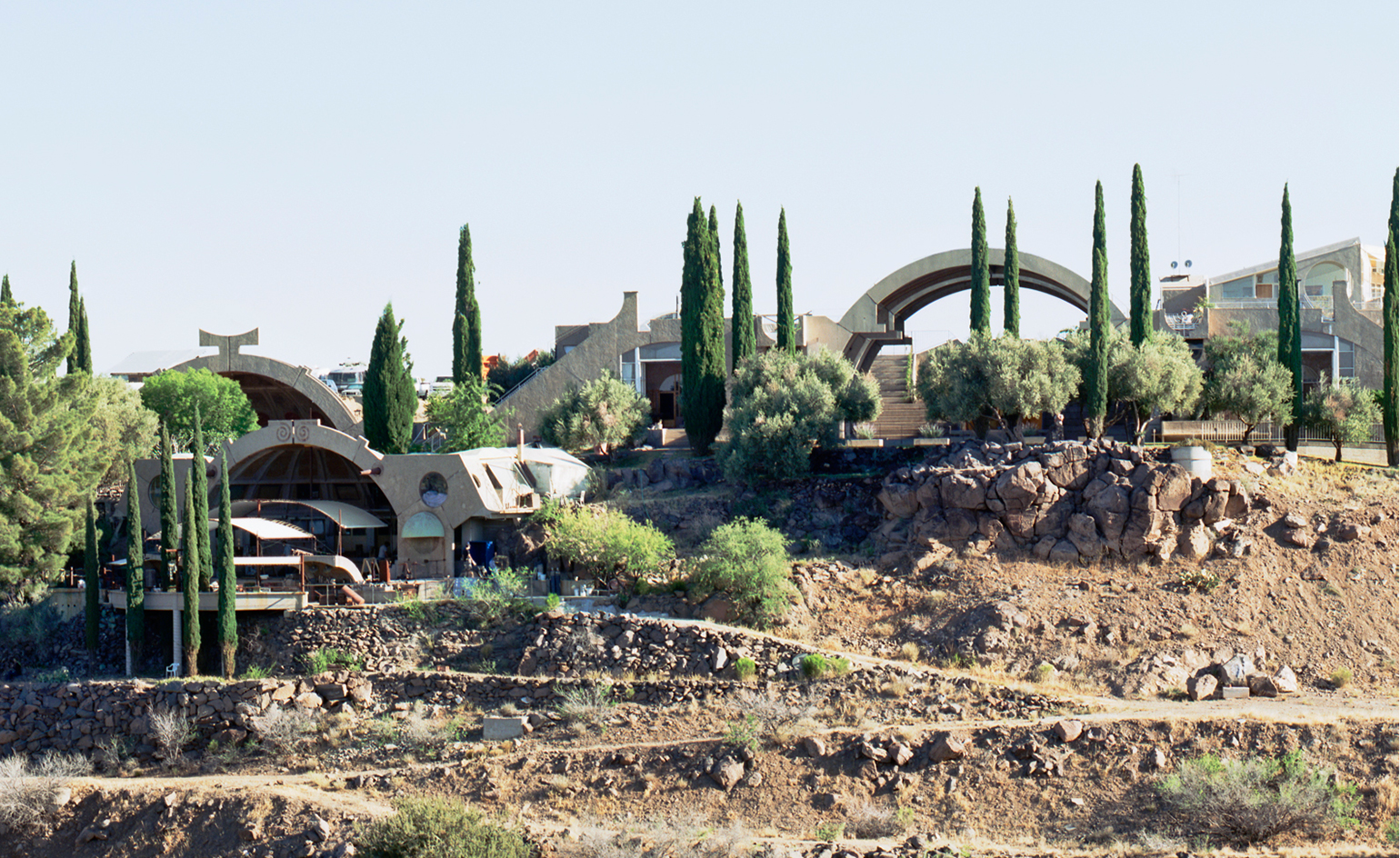
Up until his death in 2013, the visionary Italian-born architect Paolo Soleri rarely had his hands still. Across his 60-year career, Soleri’s dream of ‘arcology’ – a new urbanism that infused the city with nature – was articulated piece by piece: as much through blueprints and lessons in the outdoor classroom of Arcosanti, as in his sketches, models, sculptures, and of course, the iconic ceramics and cast bronze bells coveted by local Arizona denizens and the international architecture community alike.
‘Repositioning Paolo Soleri: The City is Nature’ at the Museum of Contemporary Art in Scottsdale, Arizona, tracks the full arc of Soleri’s prolific practice. It is the culmination of the institution’s eight-year relationship with the architect and the Cosanti Foundation. Offering up the largest selection of original work presented in North America since 1971, the exhibition underscores the contemporary relevance of Soleri’s legacy, ultimately 'reclaiming him as a visionary and a cultural icon,' says Sara Cochran, SMoCA director and chief curator.
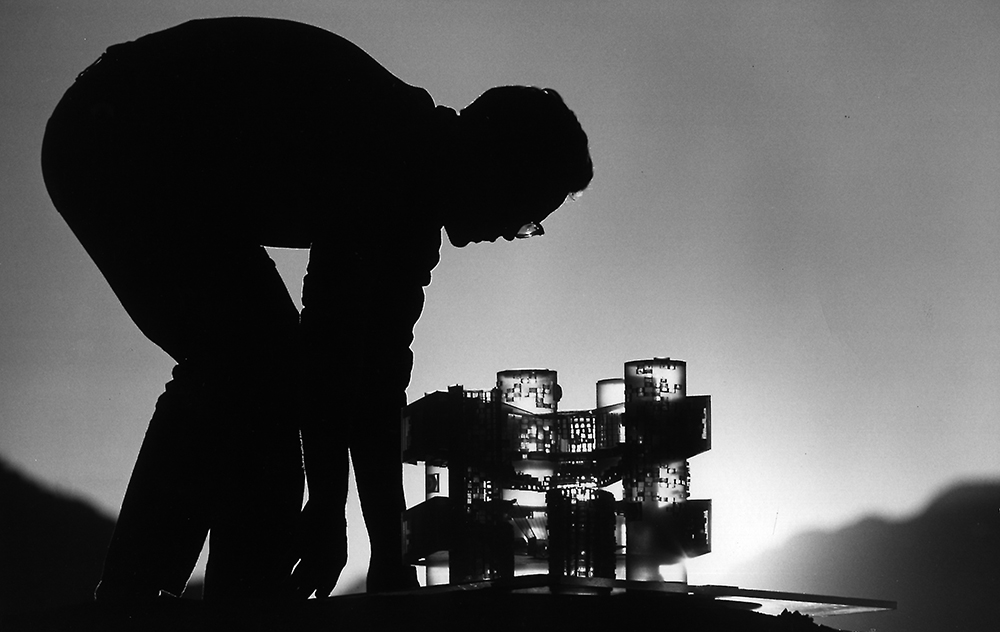
Figure with Arcvillage model, circa 1968. © Cosanti Foundation
Disenchanted by the conditions of mass production and suburban sprawl that modern life was trending toward, Soleri’s first disciples were drawn to the experimental ‘urban laboratory’ of Arcosanti in 1970. Here, some 60 miles north of Phoenix, they lived and worked together under the fierce desert sun, learning valuable life skills in exchange for their hand in bringing Soleri’s blueprints to life: a workshop module still active to this day, with approximately 50 residents at any given time.
When asked about the relevance of the exhibition vis-à-vis the environmental and political crisis facing America today, Cochran explains: ‘The timing with the current political situation in the States is fortuitous; however, the questions around environment are not.’ Soleri had been thinking about these issues and dreaming up solutions throughout his career. ‘Cities like Phoenix are now starting to think about how to create a walkable and bikeable urban core,’ Cochran says, mirroring the people-centric, anti-car philosophy championed by Soleri and his team of young builders a half-century prior.
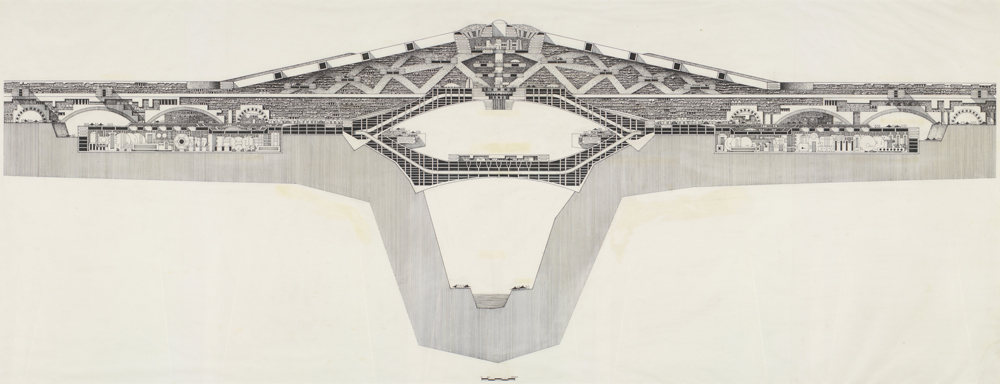
Stonebow Arcology, elevation, circa 1968-70, by unidentified apprentice of Paolo Soleri.
With approximately five per cent of Arcosanti’s masterplan realised, and with an occupational capacity of 5,000, the modest pace of Arcosanti’s construction has always been a point of contention. Yet with the ‘new normal’ of political and environmental meltdown defining our contemporary global condition, we find ourselves increasingly gravitating toward alternative modes of living.
Soleri’s vision of building upwards, not outwards, with progress not so much tied to commercial production as social connectivity, could yet serve as a breath of inspiration, and ‘Repositioning Paolo Soleri: The City is Nature’ pitches this perspective in full force, 50 years down the line.
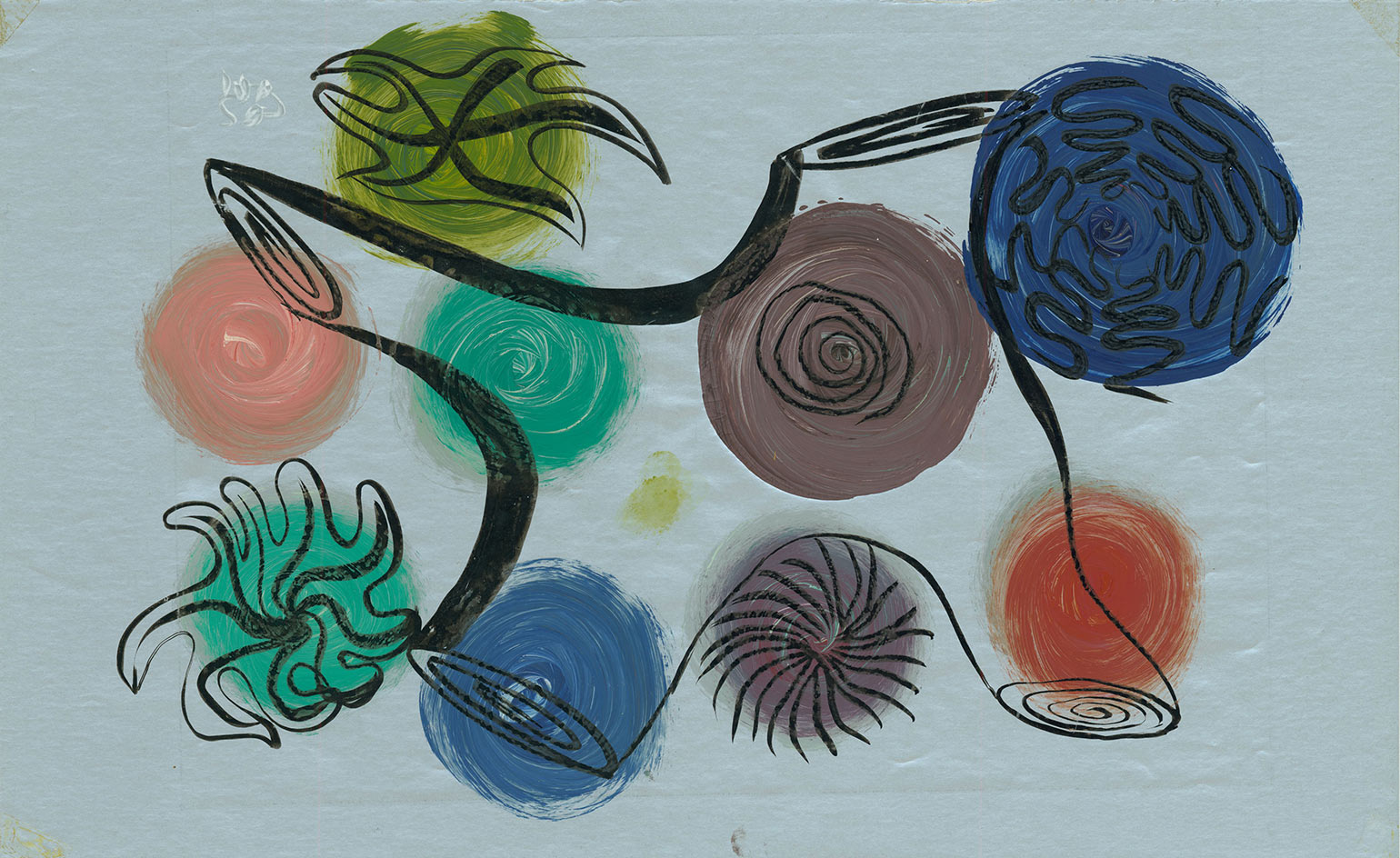
Untitled fabric design, 1950, by Paolo Soleri.
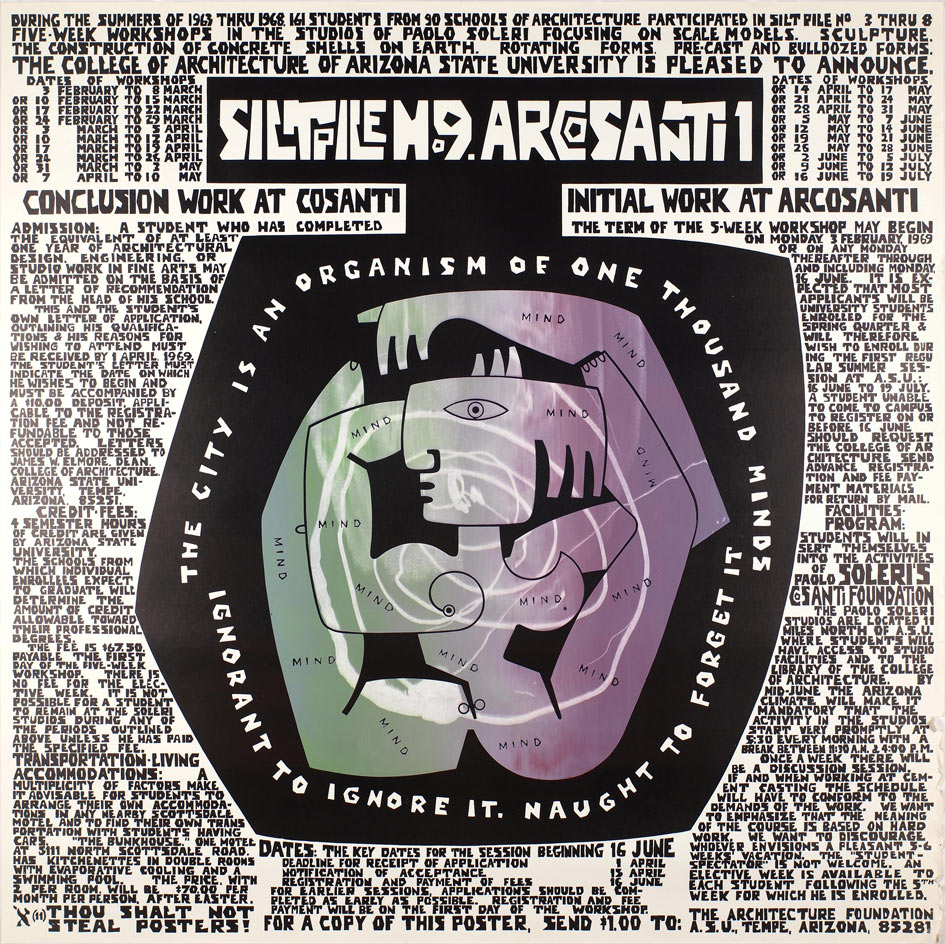
Silt Pile No. 9, 1969, by Paolo Soleri.

Left, Paolo Soleri carving the earth mound used to cast the North Studio at Cosanti, Paradise Valley, Arizona, 1958. Right, Soleri sketching at his desk, Cosanti, Paradise Valley, Arizona, circa 1960. © The Stewart A. Weiner Estate
INFORMATION
‘Repositioning Paolo Soleri: The City is Nature’ is on view until 28 January 2018. For more information, visit the SMoCA website
ADDRESS
SMoCA
7374 East 2nd Street
Scottsdale AZ 85251
Receive our daily digest of inspiration, escapism and design stories from around the world direct to your inbox.
-
 Inside Christian de Portzamparc’s showstopping House of Dior Beijing: ‘sculptural, structural, alive’
Inside Christian de Portzamparc’s showstopping House of Dior Beijing: ‘sculptural, structural, alive’Daven Wu travels to Beijing to discover Dior’s dramatic new store, a vast temple to fashion that translates haute couture into architectural form
-
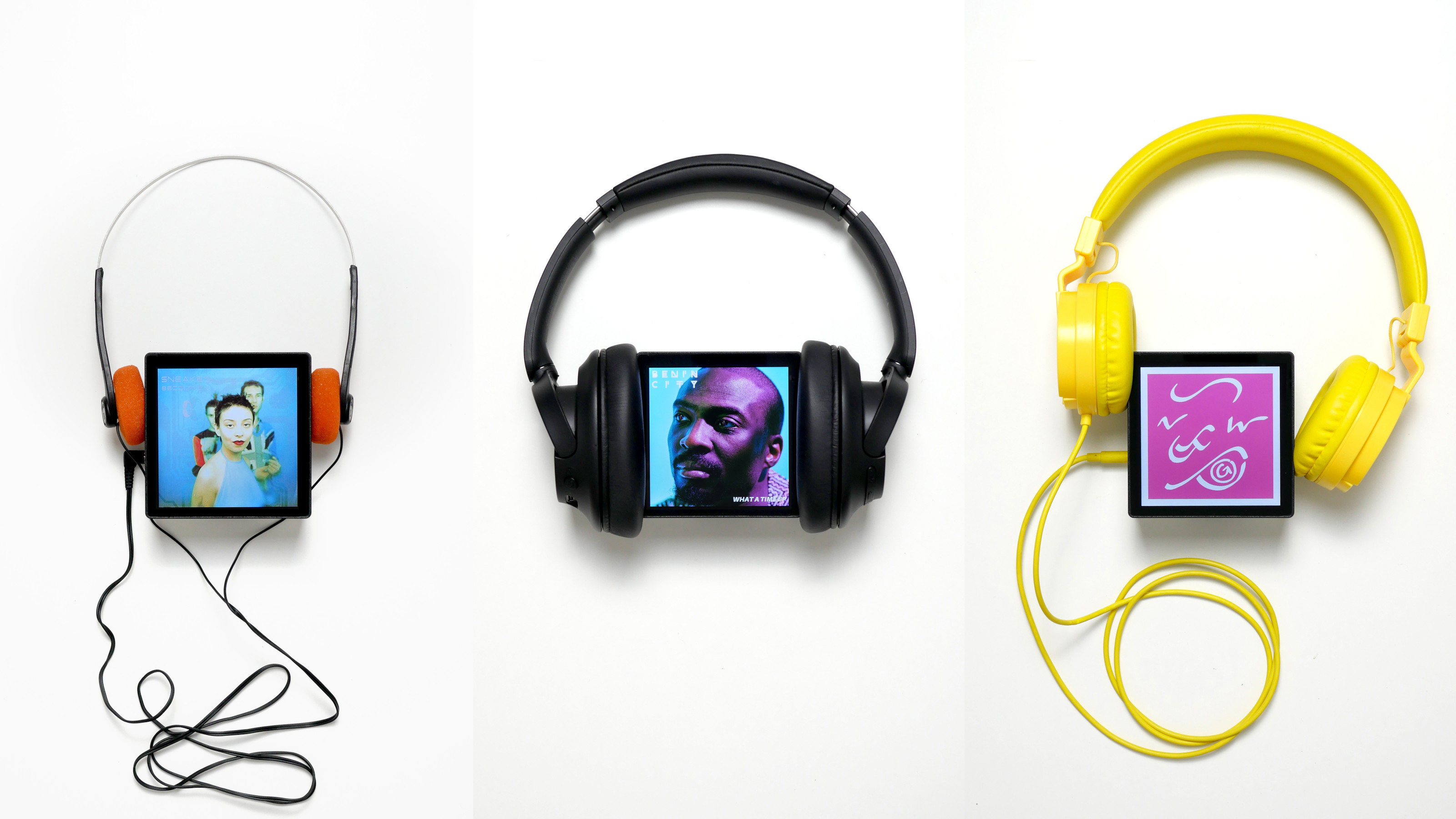 A music player for the mindful, Sleevenote shuns streaming in favour of focused listening
A music player for the mindful, Sleevenote shuns streaming in favour of focused listeningDevised by musician Tom Vek, Sleevenote is a new music player that places artist intent and the lost art of record collecting at the forefront of the experience
-
 Take a tour of the 'architectural kingdom' of Japan
Take a tour of the 'architectural kingdom' of JapanJapan's Seto Inland Sea offers some of the finest architecture in the country – we tour its rich selection of contemporary buildings by some of the industry's biggest names
-
 Step inside this resilient, river-facing cabin for a life with ‘less stuff’
Step inside this resilient, river-facing cabin for a life with ‘less stuff’A tough little cabin designed by architects Wittman Estes, with a big view of the Pacific Northwest's Wenatchee River, is the perfect cosy retreat
-
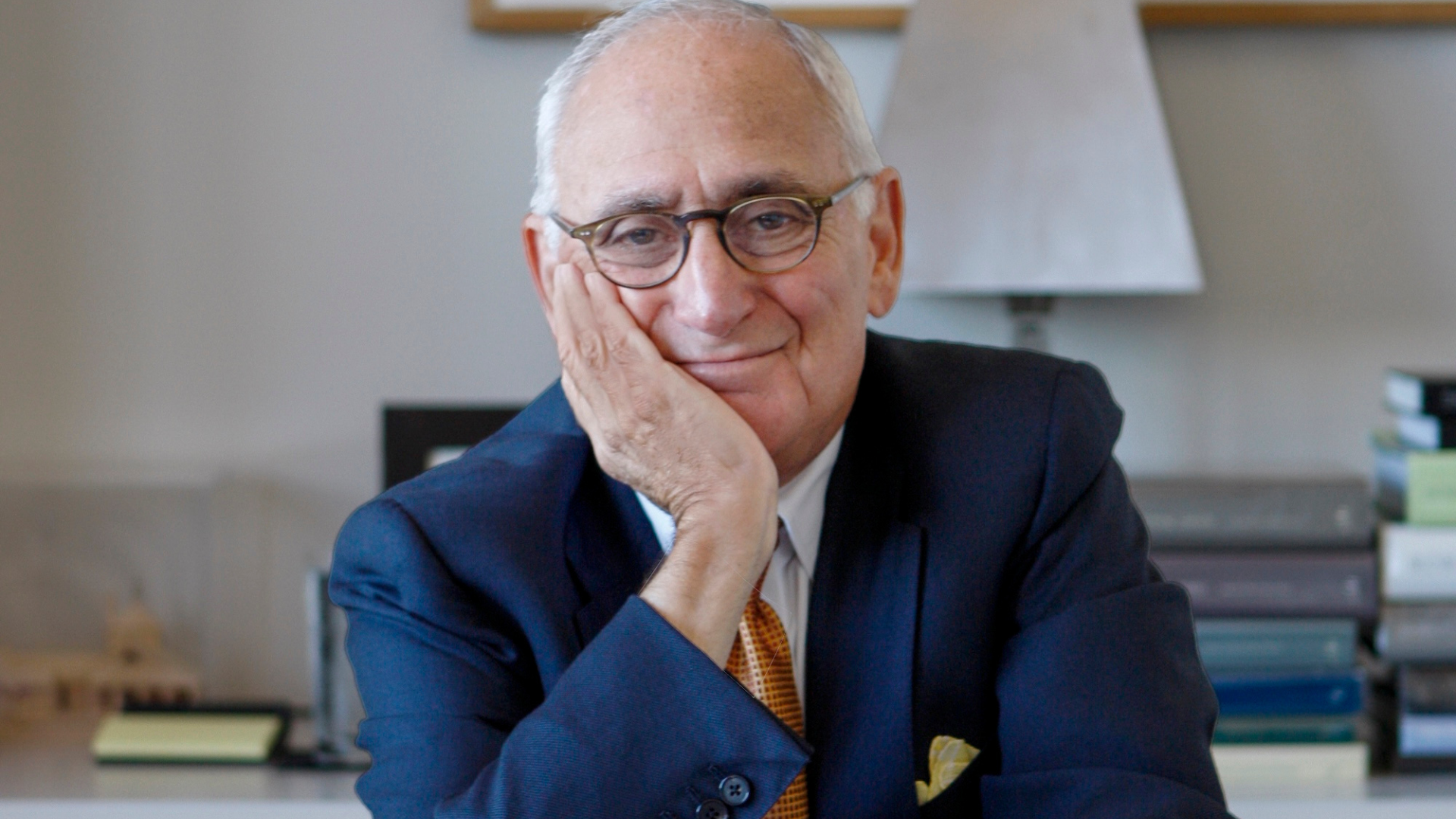 Remembering Robert A.M. Stern, an architect who discovered possibility in the past
Remembering Robert A.M. Stern, an architect who discovered possibility in the pastIt's easy to dismiss the late architect as a traditionalist. But Stern was, in fact, a design rebel whose buildings were as distinctly grand and buttoned-up as his chalk-striped suits
-
 Own an early John Lautner, perched in LA’s Echo Park hills
Own an early John Lautner, perched in LA’s Echo Park hillsThe restored and updated Jules Salkin Residence by John Lautner is a unique piece of Californian design heritage, an early private house by the Frank Lloyd Wright acolyte that points to his future iconic status
-
 The Stahl House – an icon of mid-century modernism – is for sale in Los Angeles
The Stahl House – an icon of mid-century modernism – is for sale in Los AngelesAfter 65 years in the hands of the same family, the home, also known as Case Study House #22, has been listed for $25 million
-
 Houston's Ismaili Centre is the most dazzling new building in America. Here's a look inside
Houston's Ismaili Centre is the most dazzling new building in America. Here's a look insideLondon-based architect Farshid Moussavi designed a new building open to all – and in the process, has created a gleaming new monument
-
 Frank Lloyd Wright’s Fountainhead will be opened to the public for the first time
Frank Lloyd Wright’s Fountainhead will be opened to the public for the first timeThe home, a defining example of the architect’s vision for American design, has been acquired by the Mississippi Museum of Art, which will open it to the public, giving visitors the chance to experience Frank Lloyd Wright’s genius firsthand
-
 Clad in terracotta, these new Williamsburg homes blend loft living and an organic feel
Clad in terracotta, these new Williamsburg homes blend loft living and an organic feelThe Williamsburg homes inside 103 Grand Street, designed by Brooklyn-based architects Of Possible, bring together elegant interiors and dramatic outdoor space in a slick, stacked volume
-
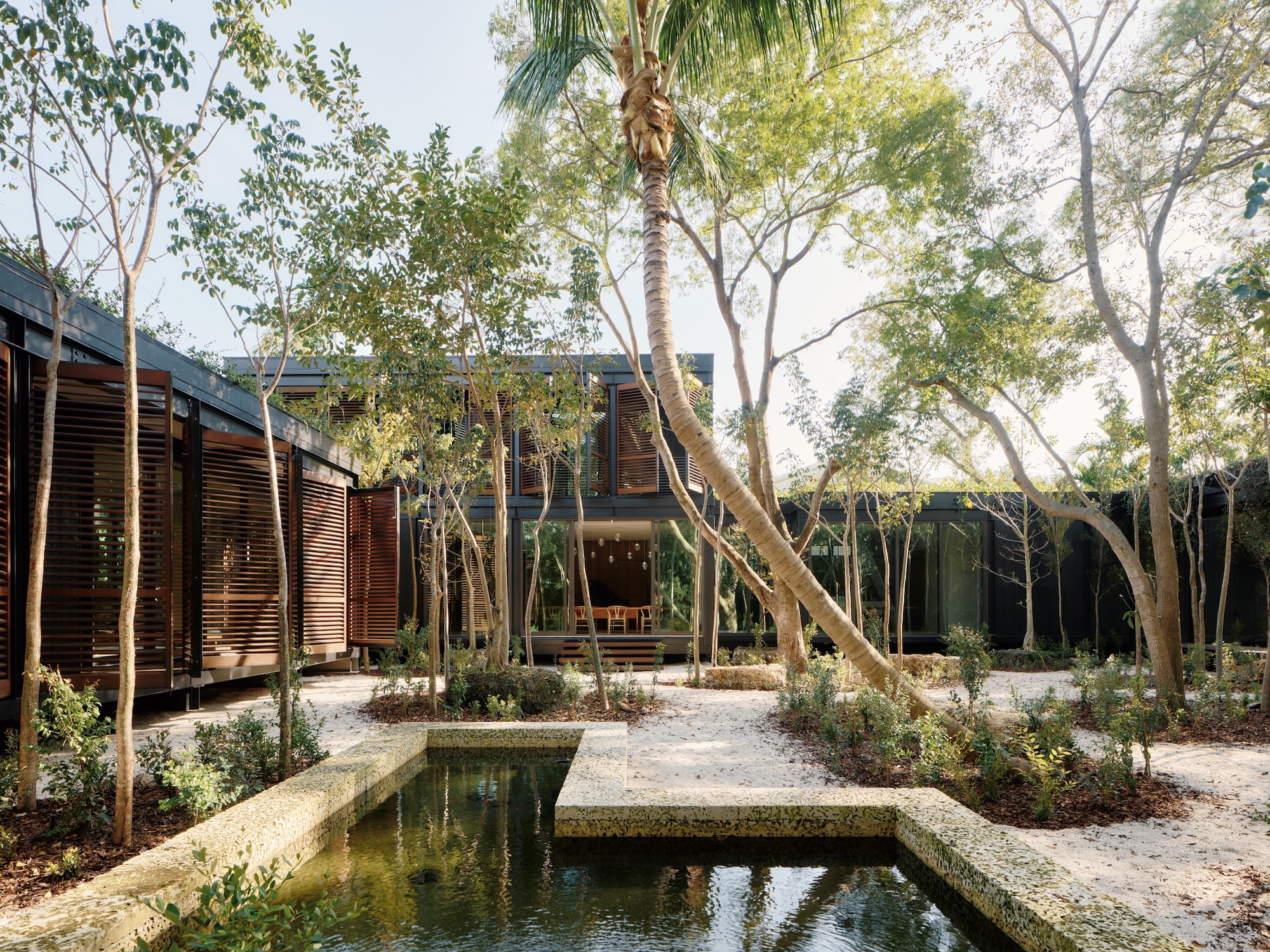 This ethereal Miami residence sprouted out of a wild, jungle-like garden
This ethereal Miami residence sprouted out of a wild, jungle-like gardenA Miami couple tapped local firm Brillhart Architecture to design them a house that merged Florida vernacular, Paul Rudolph and 'too many plants to count’